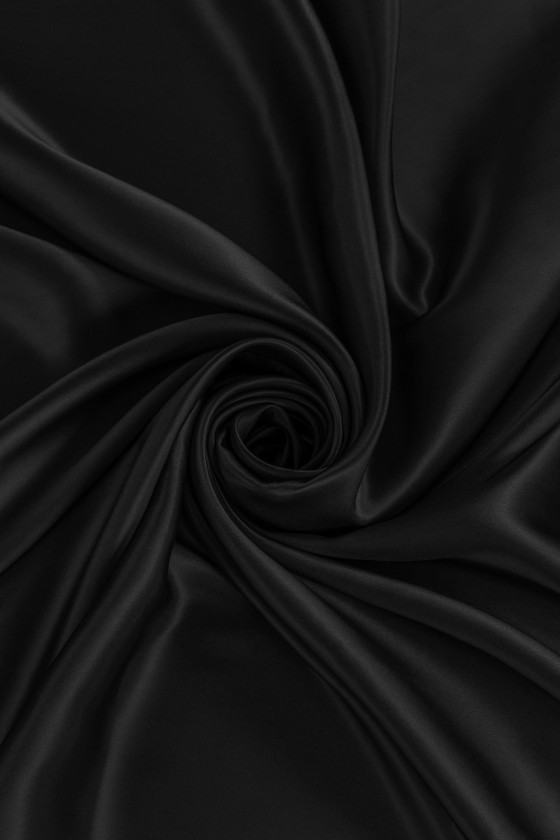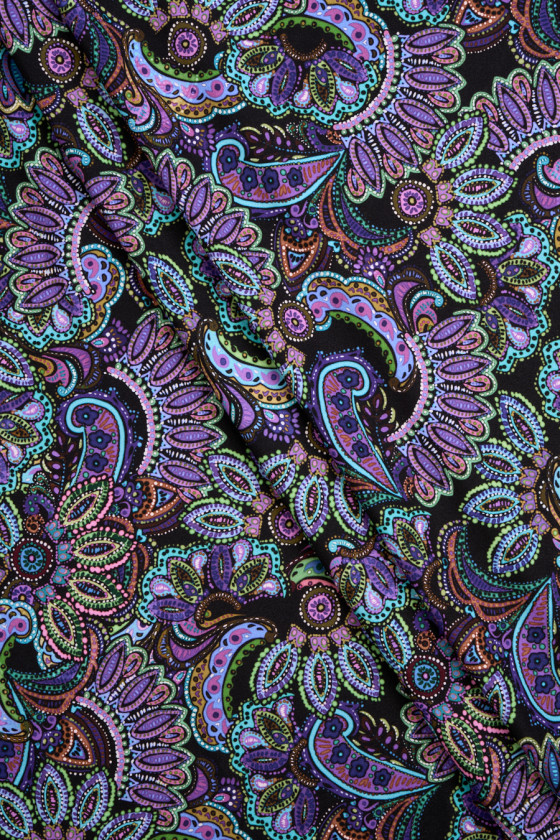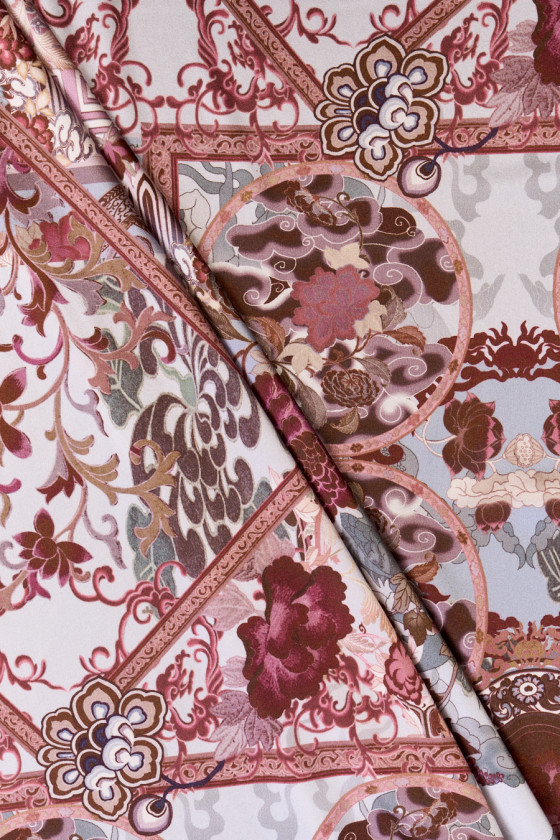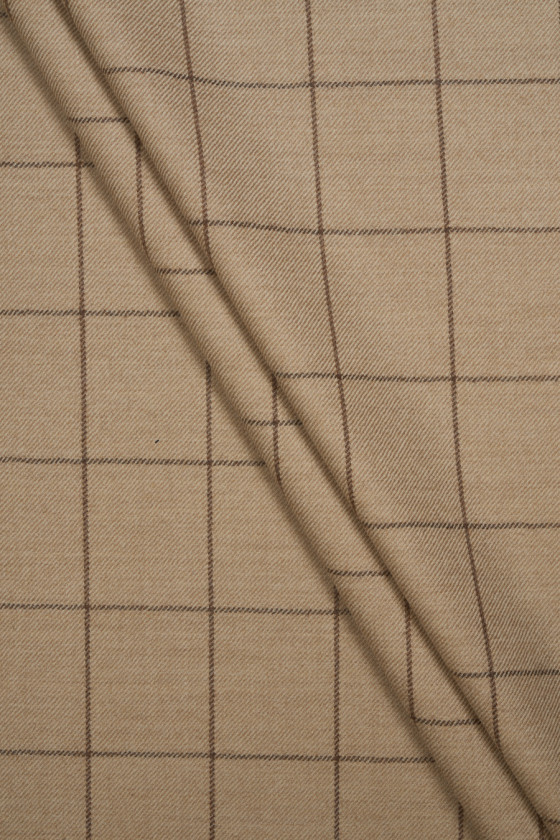- today
- label News
- favorite 0 Likes
- remove_red_eye 26512 Visits

Textiles have always been an important part of the culture of various societies around the world. From Chinese silk to Peruvian alpaca wool, each culture has introduced its own unique patterns, techniques, and meanings to the world of fabrics. We will follow the fascinating history of traditional textiles from different corners of the globe.
Chinese Silk
China is recognized as the birthplace of silk, and Chinese silk is one of the most prized types of fabric in the world. Chinese culture has been developing the art of silk for thousands of years, creating delicate and durable fabrics. Stylish Chinese silks, often decorated with mystical patterns and symbols, are commonly used to make traditional clothes such as qipao or cheongsam.
Indian Cashmere
Cashmere is one of the most luxurious fabrics in the world, and its roots lie in Indian culture. Indian cashmere comes from goats grazing in the Kashmir area, and the process of obtaining and spinning the fiber is always very labor-intensive. However, the result is unparalleled softness and warmth. The saree, a traditional Indian women's garment, is often made of this unique material.
Indonesian Batik
Batik is a technique of painting on fabric that has a long tradition in Indonesia. The artistic patterns are hand-painted on the material and then subjected to a dyeing process. The result is unique, colourful fabrics that are used in the production of clothes and home decorations. Batik is not only an art, but also an important part of Indonesia's cultural heritage.
Harris Scottish Tweed
Scotland is famous for its many traditions, and one of them is the production of fabrics such as Harris Tweed. It is a thick woolen fabric, produced using traditional methods in the Hebridea Islands. Harris Tweed is known not only for its durability, but also for its distinctive designs, which are often inspired by the Scottish landscape and culture.
Ghanaian Kente
Kente fabric, originating from Ghana, is a true colorful feast for the eyes. Hand-woven belts with intense colors and rich patterns create extraordinary fabrics with deep cultural significance. Kente is often used to make traditional costumes and accessories, and the different designs have symbolic meanings, telling stories, expressing feelings, or reflecting social status.
Italian silk set
Italian silk, known as seta, is synonymous with elegance and classics. For centuries, Italians have been famous for producing silk of the highest quality, which is used to create luxurious clothes, scarves and accessories. The silk set has a characteristic softness and shiny sheen, making it the perfect choice for evening wear or cocktail gowns.
Each geographical area has its own unique textile traditions that are an integral part of the region's cultural heritage. Traditional textiles not only reflect the beauty and skill of craftsmanship, but also convey the history, traditions and values of the communities that create them. They are true masterpieces of textile art that continue to inspire fashion designers around the world.





